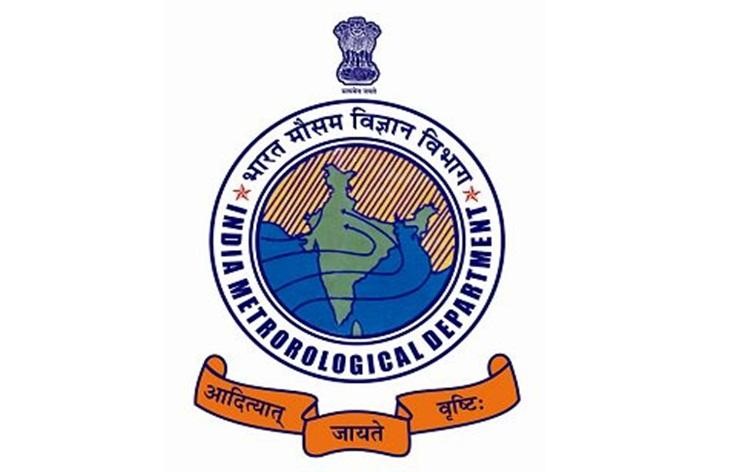150 Years of IMD: Achievements and Future Goals
Why in the news?
India Meteorological Department (IMD) celebrated its 150th anniversary, highlighting significant advancements in forecasting accuracy and future plans outlined in its Vision Document 2047, aiming for hyper-localized, zero-error weather predictions and weather management innovations by 2047.
Improvements in Forecasting:
- The India Meteorological Department (IMD) has enhanced forecast accuracy by 40% over the last decade.
- Doppler weather radars increased from 15 (2014) to 39 (2024), while automatic weather stations rose from 675 to 1,208.
- Medium-range forecast resolution improved from 25 km to 12 km, allowing precise predictions for smaller areas.
- Accuracy improvements:
- Heatwaves: 95% accuracy (up to two days in advance).
- Thunderstorms: 86% accuracy (hourly detection).
- Heavy rainfall: 78% accuracy (up to three days in advance).
- Cyclone track prediction accuracy improved by 35-40%, reducing human fatalities to near zero.
Vision Document 2047:
- IMD aims to achieve “zero-error” forecasts for severe weather events at the block level by 2047.
- Targets for accuracy:
- Three-day forecasts: 100% accuracy.
- Five-day forecasts: 90% accuracy.
- Seven-day forecasts: 80% accuracy.
- Ten-day forecasts: 70% accuracy.
- Weather model resolution will improve to 5-6 km, enabling hyper-localized village-level forecasts.
From Forecasting to Weather Management
- IMD plans to manage weather phenomena like rain, hail, and fog.
- Initiatives under “Mission Mausam” include cloud seeding research via a cloud chamber at IITM, Pune.
- Future technologies:
- Unmanned aerial vehicles and IoT-based sensors for remote monitoring.
- Round-the-clock upper atmosphere monitoring on a 100 km x 100 km grid.
- Enhanced data collection will further minimize forecasting errors.
India Meteorological Department (IMD) – Key Highlights
- About IMD:
- Established in 1875, headquartered in New Delhi, and functioning as India’s National Meteorological Service.
- Operates under the Ministry of Earth Sciences (MoES).
- Responsible for weather forecasting, seismology, and meteorological observations.
- IMD has 6 Regional Meteorological Centres across India: Mumbai, Chennai, New Delhi, Kolkata, Nagpur, and Guwahati.
- A designated Regional Specialized Meteorological Centre of the World Meteorological Organization (WMO).
Key Improvements in Forecasting (2014–2024):
- Expanded Doppler Weather Radars from 15 to 39 and automatic weather stations from 675 to 1,208.
- Enhanced forecast resolution from 25 km to 12 km grids, enabling localized weather predictions.
- Improved heatwave prediction accuracy to 95% and cyclone track accuracy by 35-40%.
- Enabled hourly thunderstorm detection with 86% accuracy and heavy rainfall Successfully reduced cyclone-related fatalities to zero between 2020–2024.
About Mission Mausam:
- Aims to revolutionize India’s weather and climate science capabilities.
- Establishes advanced systems: radars, satellites, AI/ML models, and cloud-simulation chambers.
- Led by the Ministry of Earth Sciences (MoES) for enhancing disaster management and climate resilience.
Sources Referred:
PIB, The Hindu, Indian Express, Hindustan Times




